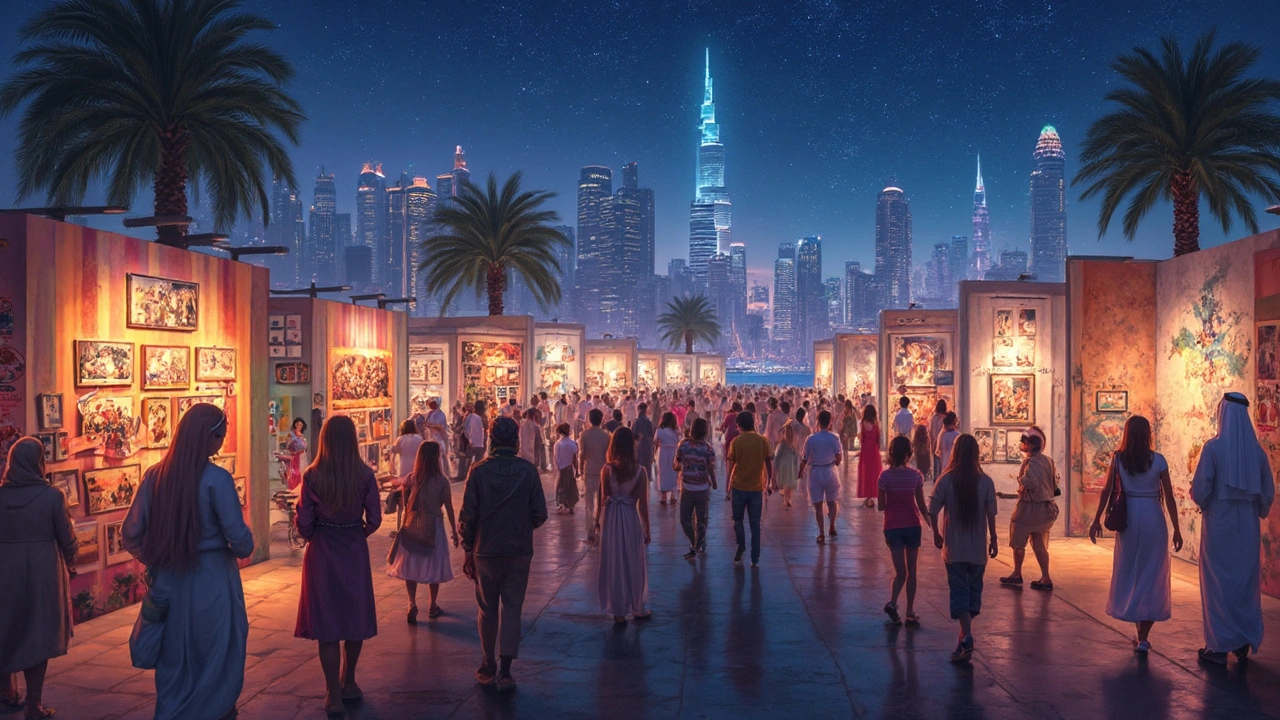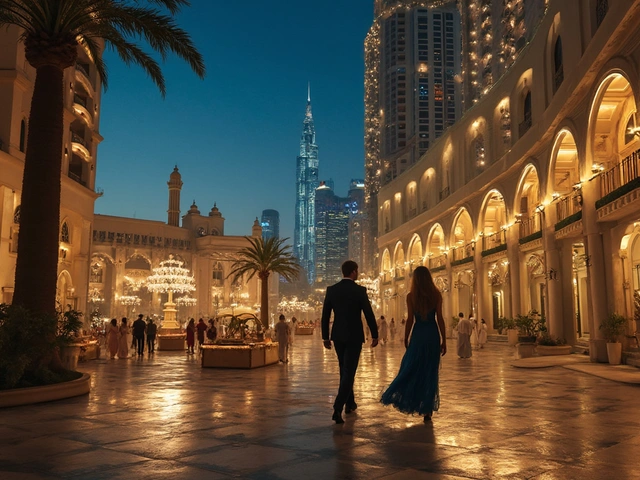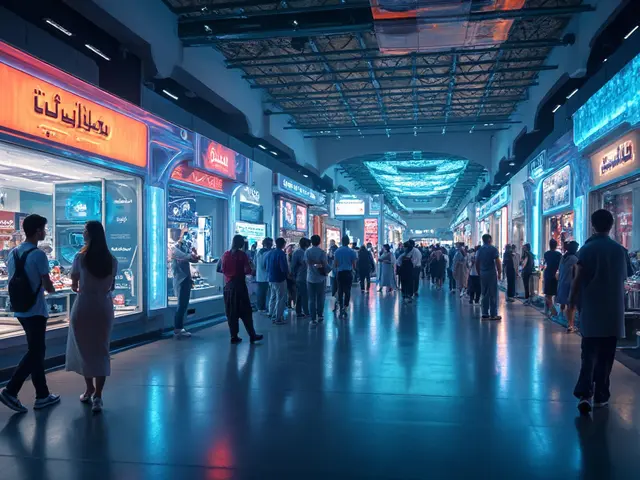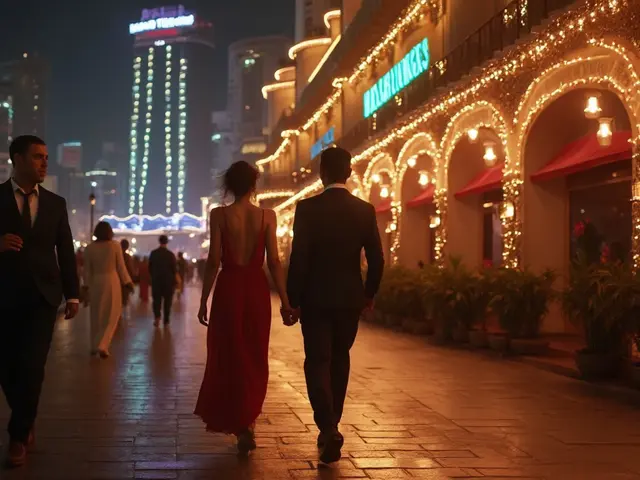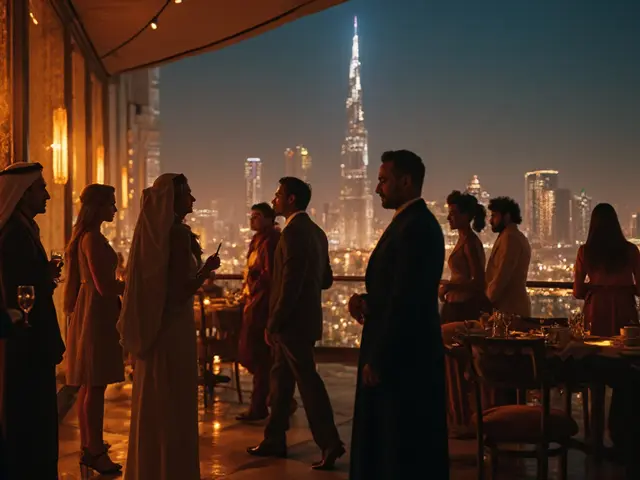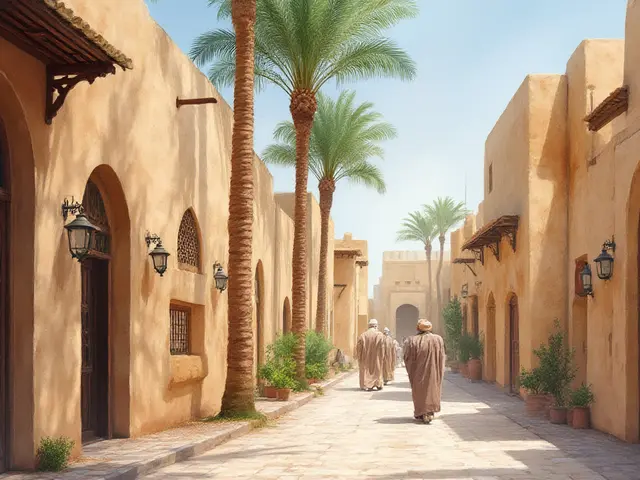Cultural Experience in Dubai: What to See and Do
Dubai isn’t just glitzy towers and shopping malls. It’s a place where old traditions sit next to modern marvels. If you want to feel the real pulse of the city, you need to dive into its cultural side. Below are the must‑see spots and practical tips that let you soak up history, art, and local life without getting lost.
Must‑Visit Museums & Galleries
Start with the Dubai Museum in Al Fahidi Fort. The building itself is a piece of history, and the exhibits give a quick glimpse of life before skyscrapers. Grab a free audio guide, spend about an hour, and you’ll understand how the city grew from a pearl‑diving village.
Next, head to the Alserkal Avenue art district. It’s a warehouse‑turned‑gallery hub where you’ll find contemporary UAE art, street installations, and occasional live performances. The best part? Most galleries have free entry, and you can chat with artists over a cup of coffee at the on‑site cafés.
If you have kids, the Dubai Aquarium’s “Marine Life” section at the Dubai Mall doubles as an educational walk‑through. It’s not a traditional museum, but the interactive displays teach you about the Gulf’s marine heritage.
Hidden Historical Gems & Local Traditions
Al Seef is a walkable blend of old and new. The narrow lanes are lined with refurbished wind‑towers and traditional dhows, while modern restaurants line the creek. Take a free abra ride across the water and you’ll get a feel for daily life for locals centuries ago.
The Jumeirah Mosque offers “Open Doors” tours every Friday. You’ll sit in a quiet hall, learn about Islamic customs, and get to ask any question—no prior knowledge needed. Bring a modest outfit; it’s free and a great way to meet travelers from around the world.
For a truly off‑the‑beaten‑path experience, explore the Heritage Village in Al Shindagha. Small, but packed with reconstructed houses, a silversmith shop, and a tiny market. You can see the tools used by early craftsmen and even try your hand at a quick weaving demo.
Don’t forget the weekly souks. The Gold Souk dazzles with rows of glittering jewelry, but the Spice Souk is where you’ll smell cardamom, saffron, and dried lemon—essential ingredients of Emirati cooking. Bargaining is expected, so start low, smile, and enjoy the banter.
Throughout the year, Dubai hosts cultural festivals like the Dubai International Film Festival and the Heritage Festival during Ramadan. Check local calendars before you travel; a free street performance or a traditional dance show can make your day unforgettable.
Practical tip: Most cultural sites open around 9 am and close by 7 pm, with a lunch break from 1–2 pm. Wear comfortable shoes, stay hydrated, and keep a small bottle of water in your bag. Public transport, especially the Metro, drops you close to most attractions, and a short walk is usually all that’s needed.
By mixing a few museum visits, a stroll through historic neighborhoods, and a taste of local markets, you’ll get a well‑rounded cultural experience in Dubai. It’s easy, affordable, and adds depth to any trip that might otherwise feel like a high‑rise photo‑op.
Dubai's Art Nights: Exploring Culture After Dark
Discover a vibrant crisscross of culture and creativity at Dubai's Art Nights. From gallery openings and street performances to interactive exhibits and culinary delights, this guide offers insights into experiencing Dubai's art scene after dark. Whether you're a seasoned art lover or simply curious about what's out there, find tips to make the most of your night in this bustling city where style and substance meet.
